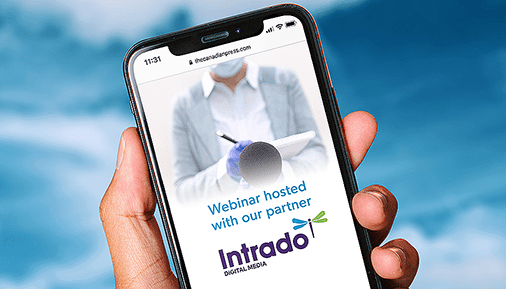Our speakers shared insights into the future of journalism and how newsmakers must be more creative than ever as they pitch stories.
- It is critical that your story paints a bigger picture. One-off pieces with no big-picture tie-in are less likely to be covered.
- Be thoughtful and targeted when you approach journalists. Research who you are pitching and what they cover.
- Have empathy. "We're all in this together," and the stakes are high. Response times might be delayed, but it's critical to recognize the humanity in everyone experiencing this pandemic.
- Keep reading for some key takeaways you can use to improve your PR strategies and you can watch the full conversation on demand.






